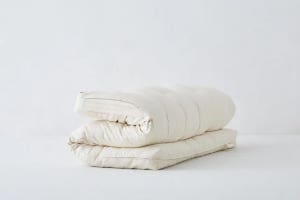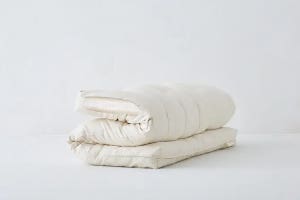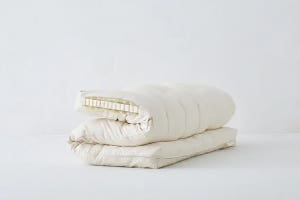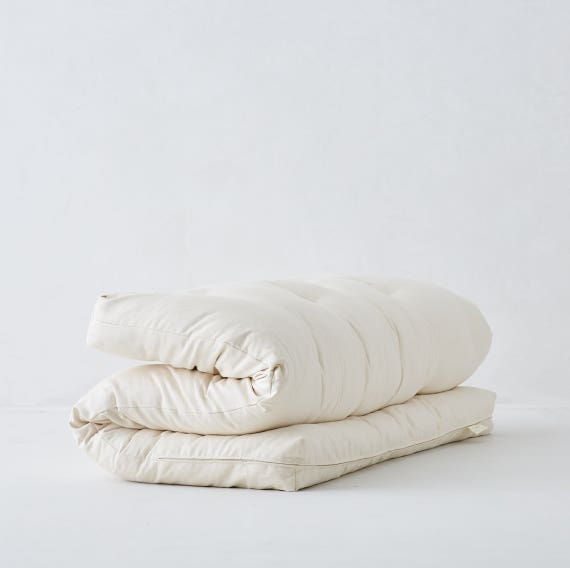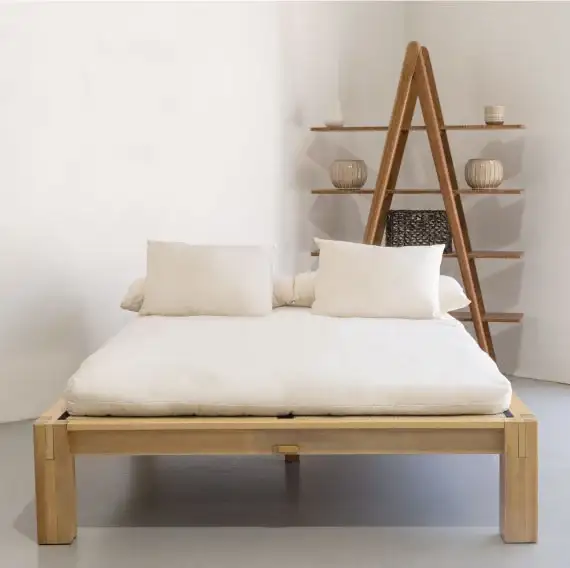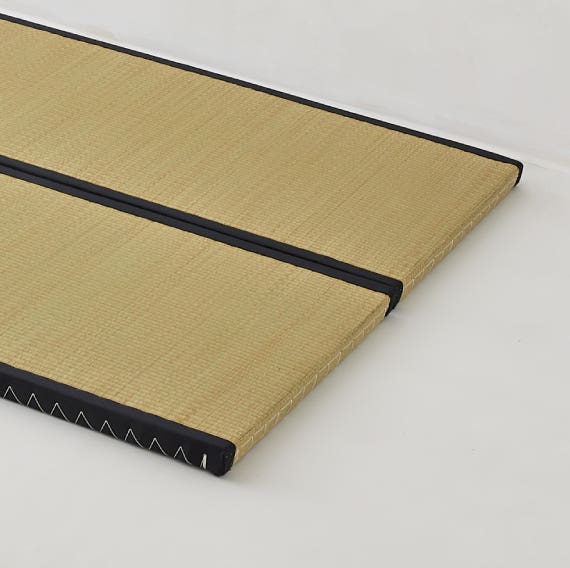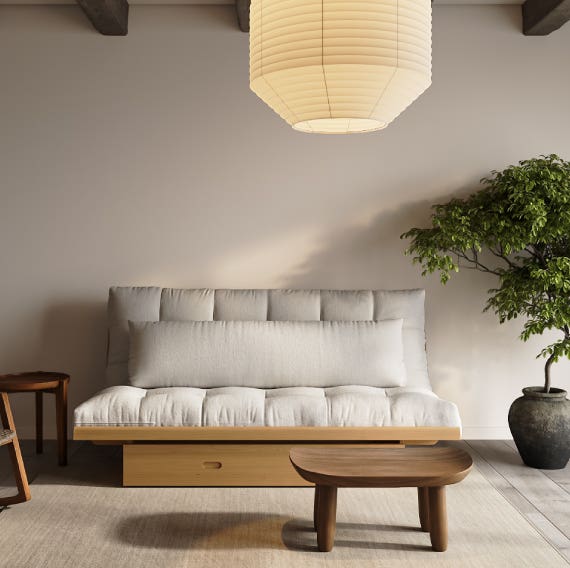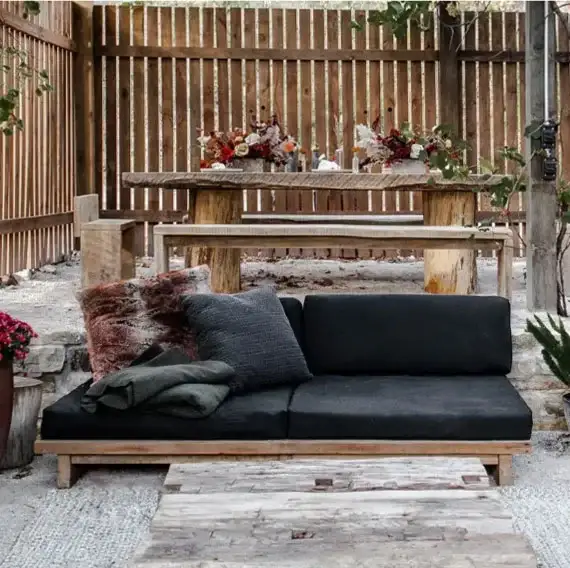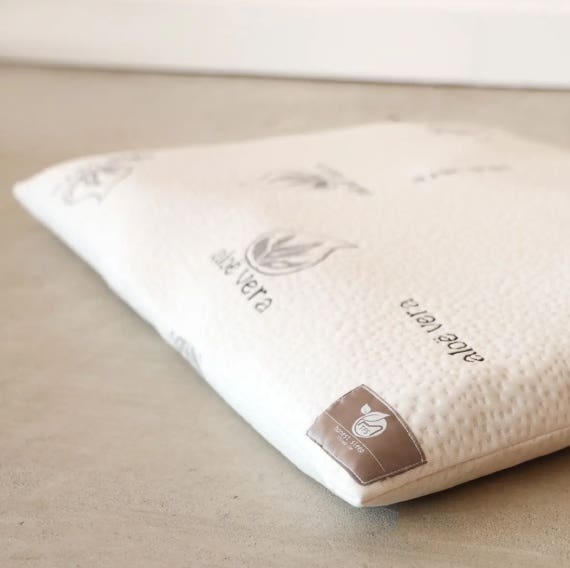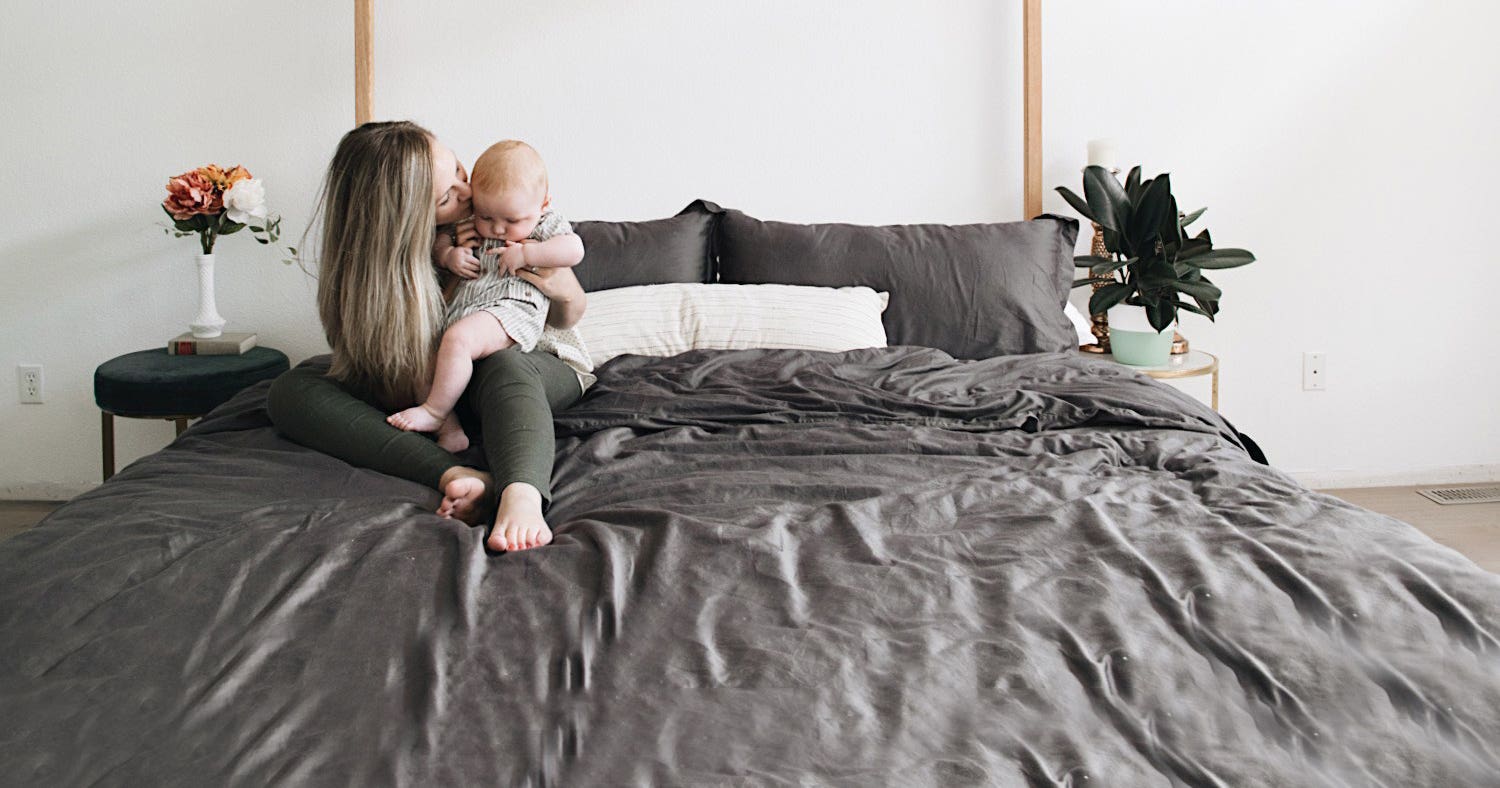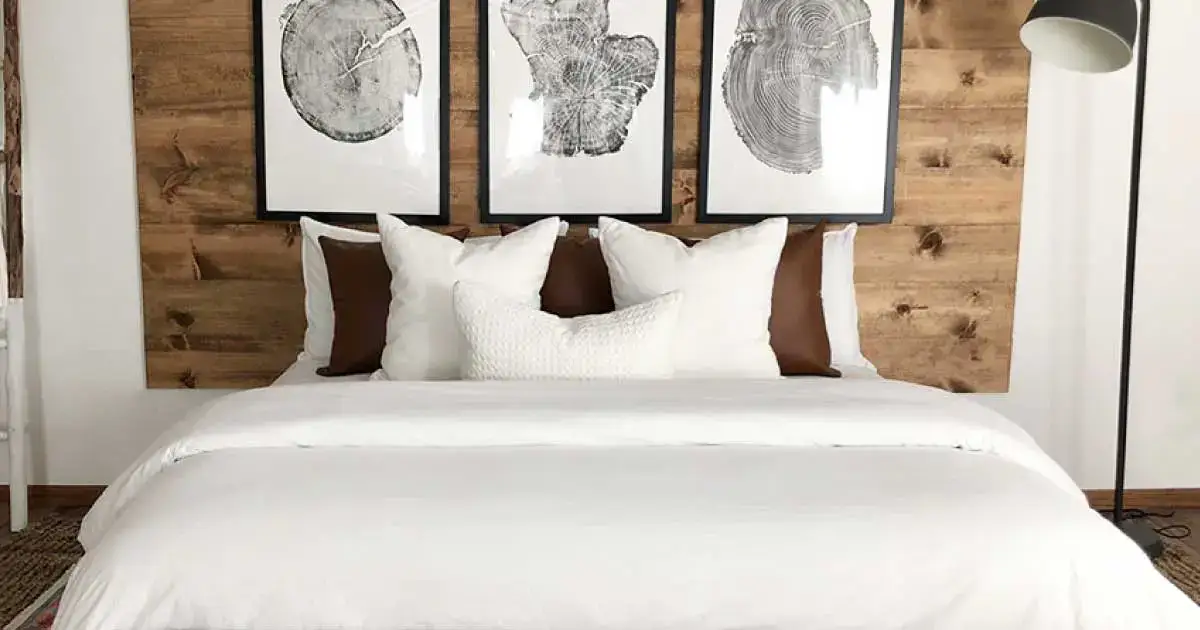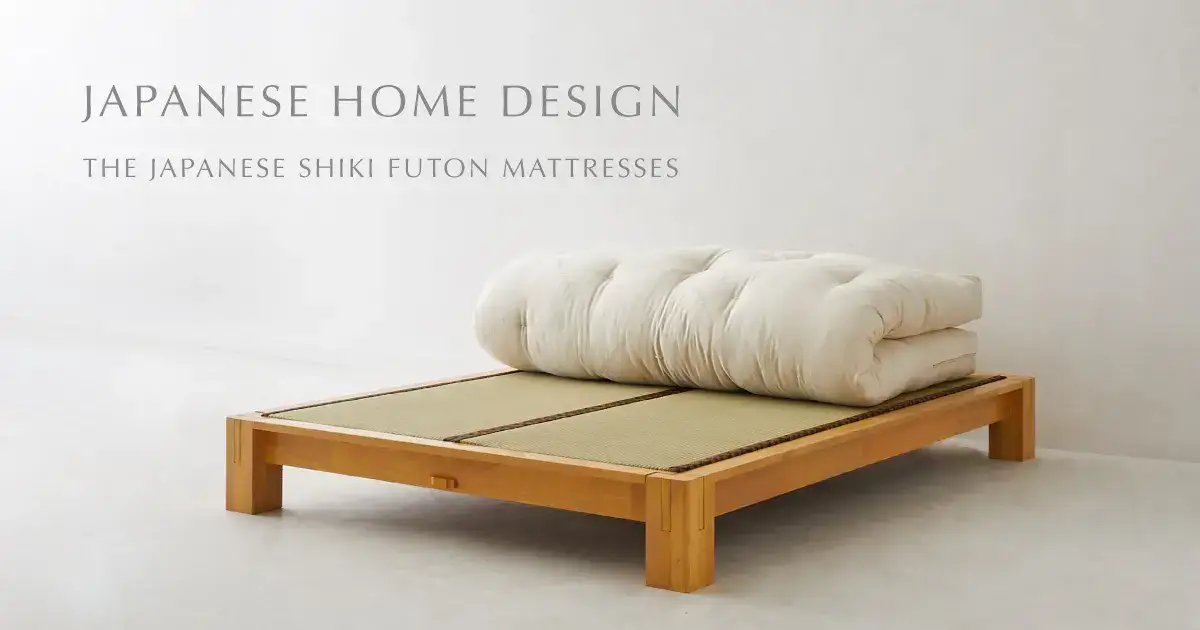
Modern Japanese Interior Design minimalist: Embrace Tradition with the Japanese Shiki Futon Mattress
Read Below All About Modern Japanese Interior Design Minimalist
1) What Is Modern Japanese Interior Design minimalist
2) Elements of Minimalist Home:
- Shikifuton Mattress
- Benefits of Shikifutons
- Styles of Shikifutons
3) Embrace Japanese Bedding for a Chemical-Free Home
4) Natural Elements:
- Embrace Japanese Bedding for a Chemical-Free Home
- Combining Modern Japanese Interior Designs
- Color Schemes In A Modern Japanese Interior Design Minimalist
5) Modern Japanese Interior Design minimalist: Japanese Furniture
6) Tour of Japanese Furniture
7) Popular Minimalists
What Is Modern Japanese Interior Design Minimalist
Key elements of Modern Japanese Interior Design are simplicity, clean lines, natural materials, subdued colors. Modern Japanese Interior Design focuses on simplicity, using clean lines, natural materials, and subtle colors. It values negative space for balance and harmony of ma.
"Ma" is a Japanese concept that encompasses the space between structural posts and the notion of negative space in a room.In Japanese interior design, empty space is valued and seen as a space full of potential and vitality. This approach values the emptiness and perceives it as an integral part of the overall design. The traditional teahouse serves as a prime example of how "Ma".
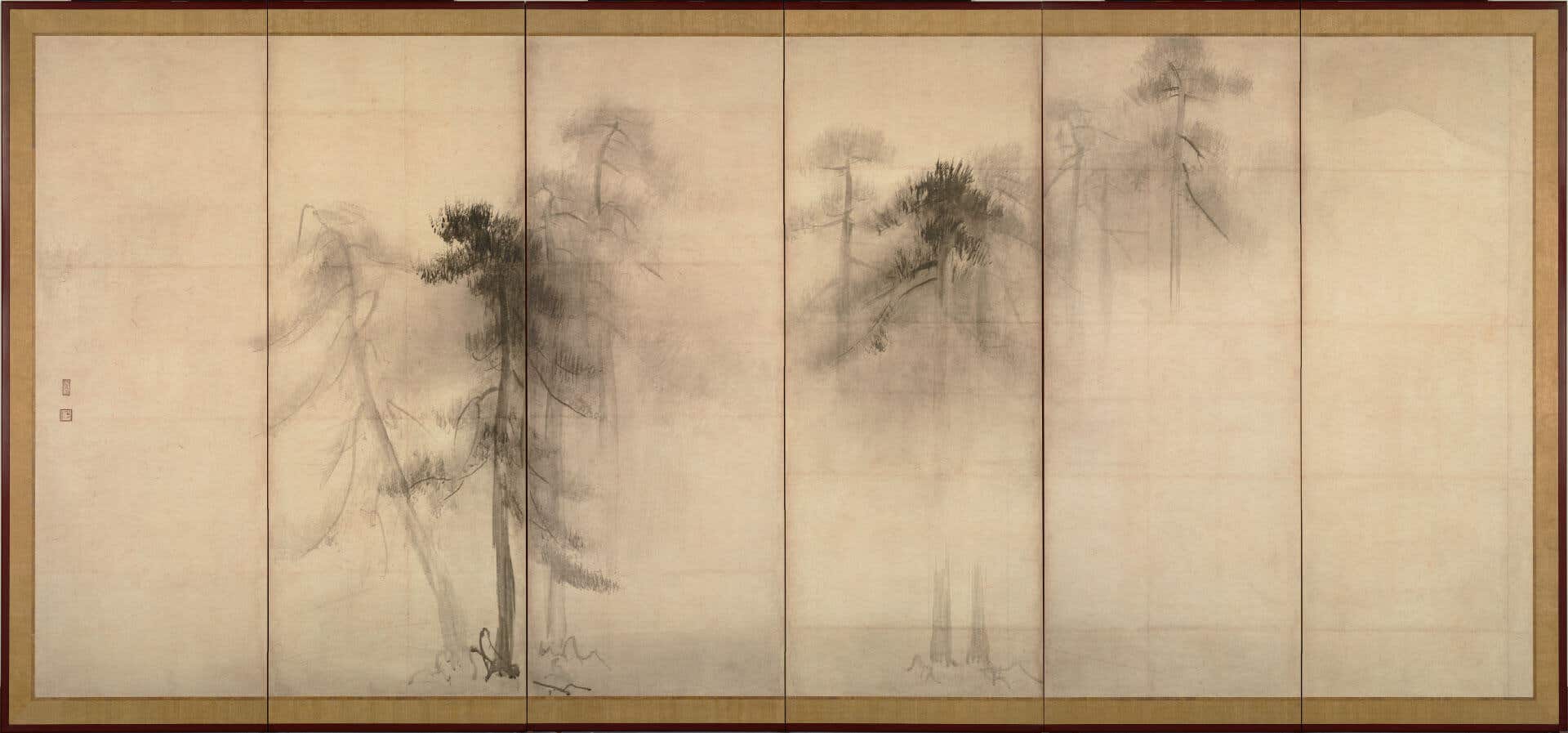
Modern Japanese Interior Design is known for its simple and elegant style, blending simplicity and a strong bond with nature. The Shiki Futon Mattress is a traditional Japanese design that adds to the calm and welcoming atmosphere of a home. Learn about Modern Japanese Interior Design and how this mattress enhances the peaceful ambiance.
Unveiling the Shikibuton: From History to Sleep Secrets!
The word shikibuton is derived from the term hiku, which means to lie, and when combined with another word, the futon is pronounced with a b and becomes buton, resulting in the phrase shikibuton. The Japanese shikibuton may have one or two mattresses. It may be a single thick mattress (6 inches) or a mix of thinner mattresses.
The Shikibuton is the central component of traditional Japanese bedding. It is the ideal mattress, providing a solid yet pleasant sleeping surface. Shikibutons often comprise layers of cotton or synthetic padding covered in a fabric cover, which provides a supporting foundation that fits the body’s contours.
One of the main merits of Shikibuton is its adaptability. It is readily rolled up and stowed throughout the day, making optimal use of space in Japanese-style rooms. Its mobility makes it a good bedding choice for individuals who like a modest and adaptable lifestyle.
Why Should I be Sleeping on Shiki-futons?
Poor posture may have a long-term impact on our muscles and joints. The hardness of a Shiki futon mattress provides a level, smooth sleeping surface that is just enough to accommodate our bodies’ curves without unnecessarily adapting to it.
What Makes a Shikibuton Different?
A shikibuton is a Japanese futon mattress meant to be used on the floor. To save space, you can roll these mattresses up and store them when not in use.
It is usually 3 to 4.5 inches thick when rolled out, offering the sleeper the sensation of lying on the ground with some added support. It’s like camping, but a far better version of it.
Elements of a Minimalist Home

The Japanese Shiki Futon Mattress: Elements of Minimalism
Discover Modern Japanese Interior Design and how the Shiki Futon Mattress enhances the peaceful and inviting ambiance of a home. Additionally, it folds and allows custom preference with firmness, comfort, which ensuring a restful night's sleep tailored to individual preferences. The Japanese Shiki Futon Mattress is simple to roll up and store, making more space and keeping things neat.
Learn about Modern Japanese Interior Design and how the Shiki Futon Mattresses
What is a Shikifuton?
The Japanese Shiki Futon Mattress is convenient to roll up and store, saving space and keeping things neat.
Benefits of the Shiki Futon Mattress
Space Efficiency
Flexibility and Customization
Connection with Nature
Health Benefits
Flexibility
Click to learn more about Shikibutons / Folding Foam Beds
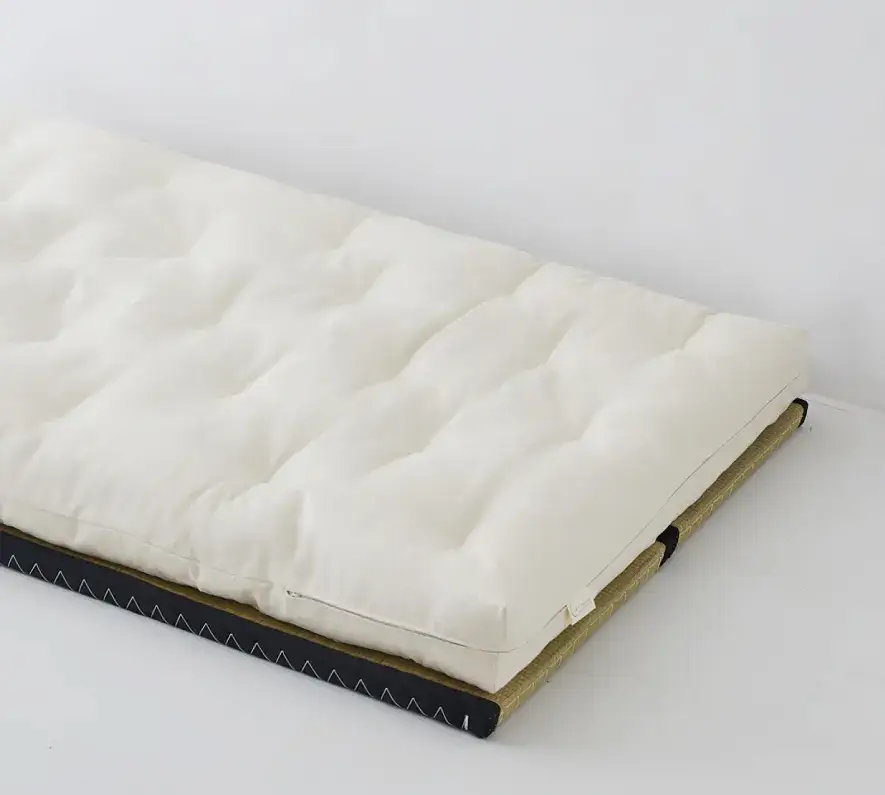
3 Styles of Shikifutons:
Traditional Shikifuton Mattress:
100% Organic Cotton & 100% Organic Twill Casing
Wool And Organic Cotton Shikifuton Mattress:
Chemical Free Wool & Organic Cotton & Organic Twill Casing
All Natural Latex Shikifuton Mattress:
Natural Dunlap Latex & Natural Virgin Wool & An Organic Twill Casing
Natural Elements
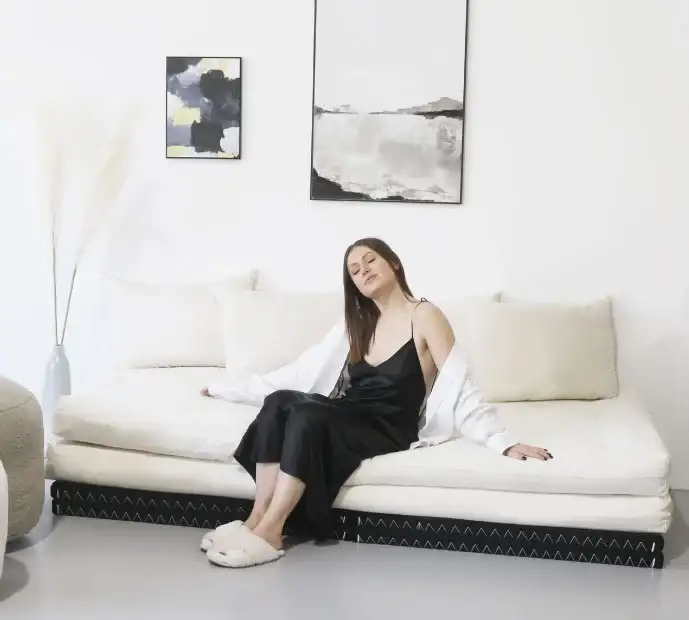
Embrace Japanese Bedding for a Chemical-Free Home
Japanese homes embrace nature, with furniture and art made from bamboo, wood, and natural-colored fabrics. Weaving together Japanese bedding, like the shikifuton, enhances a natural and chemical-free environment. Choose an organic, pesticide-free cotton shikifuton to create a harmonious and well-being-centered living space. Japanese interior design embraces natural materials, such as bamboo and wood, to create a serene and harmonious atmosphere. These organic elements, along with earthy and muted fabrics, contribute to a tranquil ambiance and embody the essence of Japanese aesthetics. The Japanese Shiki Futon Mattress is simple to roll up and store, making more space and keeping things neat. Learn about Modern Japanese Interior Design and how the Shiki Futon Mattress improves the calm and welcoming atmosphere of a home. Use Japanese bedding like shikifuton and organic cotton for a healthier home with natural wood, ingredients, and space-saving features. Create a peaceful Japanese-style living room with natural light, neutral colors, and chemical-free furniture for a calming experience. Embracing natural elements and organic materials leads to a healthier, sustainable, and balanced home.
Combining Modern Japanese Interior Designs
- Zen Minimalist Designs
- Japandi
- Wabi-sabi
- Tatami Style
- Muji Style
- Washitsu
- Shoji Screen Dividers
- Japanese Garden Influence
- Origami-inspired Deco
- Tea Room Design
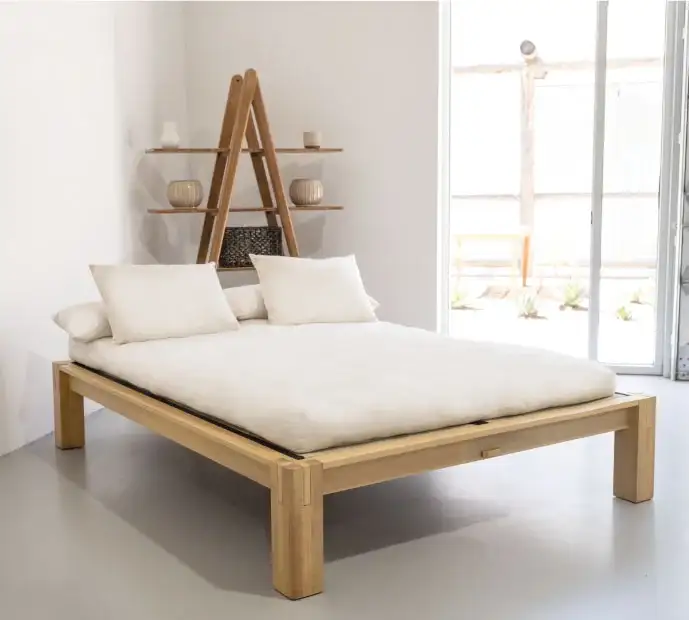

Color Schemes In A Modern Japanese Interior Design Minimalist:
- Neutral Tones
- Earthy Tones
- Monochromatic Accents
- Pops of Accent Colors
- Natural Wood Tones
- Soft Pastels
Modern Japanese Interior Design minimalist:
Japanese Furniture
In modern Japanese interior design, traditional Japanese furniture offers a fantastic option. To enhance your living space, consider adding a tatami mat and a cotton-filled futon mattress with cotton fabric. Similar to Japanese architecture, this style focuses on material lightness and a harmonious connection with nature, often featuring tatami mats.
Take A Japanese Furniture TourHow Should You Care for Your Shikibuton?
When we sleep, we perspire profusely, and cotton absorbs the sweat. As a result, it is essential to air out the shikibuton mattress in the sun; otherwise, it will get moldy and heavy. They may also get dusty, so you often see people banging their futons on their balconies.
Flip at Regular Intervals
Flip and rotate your bed once or twice weekly to guarantee that your organic futon or shikibuton wears evenly. This prevents body imprints and extends the life of your mattress.
Sun It!
To re-energize your organic futon, shikibuton, or wool topper, place it outdoors in the sun once or twice a year. Wool, in particular, regains a lot of springiness when exposed to sunlight, which also destroys dust mites and mildew spores.
Spot-clean and Sanitize as Required
Clean the area with water and a mild detergent when a spill happens. Then, generously wet the contaminated area with rubbing alcohol and let it dry. The alcohol will cleanse the area and evaporate the spill before it can enter the mattress.
Combat Dust Mites
For all cotton futons or people who are very sensitive, we suggest cleaning on a regular basis using a HEPA filter vacuum cleaner. Making sure your house isn’t too humid, eliminating clothing from your bedroom, and routinely washing your linens in hot water can all help to prevent dust mites.
Traditional Mattress vs. Shikibuton
A traditional Japanese futon is a bedding system, not a mattress. It is constructed of cotton or wool and has layers of cushioning for extra comfort. A Japanese futon, unlike many conventional beds, has no springs. It comprises three layers: a foundation layer (shikibuton), a mattress layer, and a comforter (kakebuton) or blanket. This is best positioned on a tatami floor or mat to keep the sleep surface warm and comfortable.
Japanese futons are typically two to three inches thick and rectangular. Pillows (makura) are also included in the configuration for additional comfort. These pillows are often stuffed with buckwheat, beans, or beads.
Traditional Japanese futons were traditionally filled with cotton. However, many modern futons now accept foam materials.
Popular Minimalists:
- Joshua Becker
- https://www.theminimalists.com/enter/
SHOP OUR BEST SELLING
Shop Japanese Furniture
Shop The Category
Everything You Need To Know About Futons

